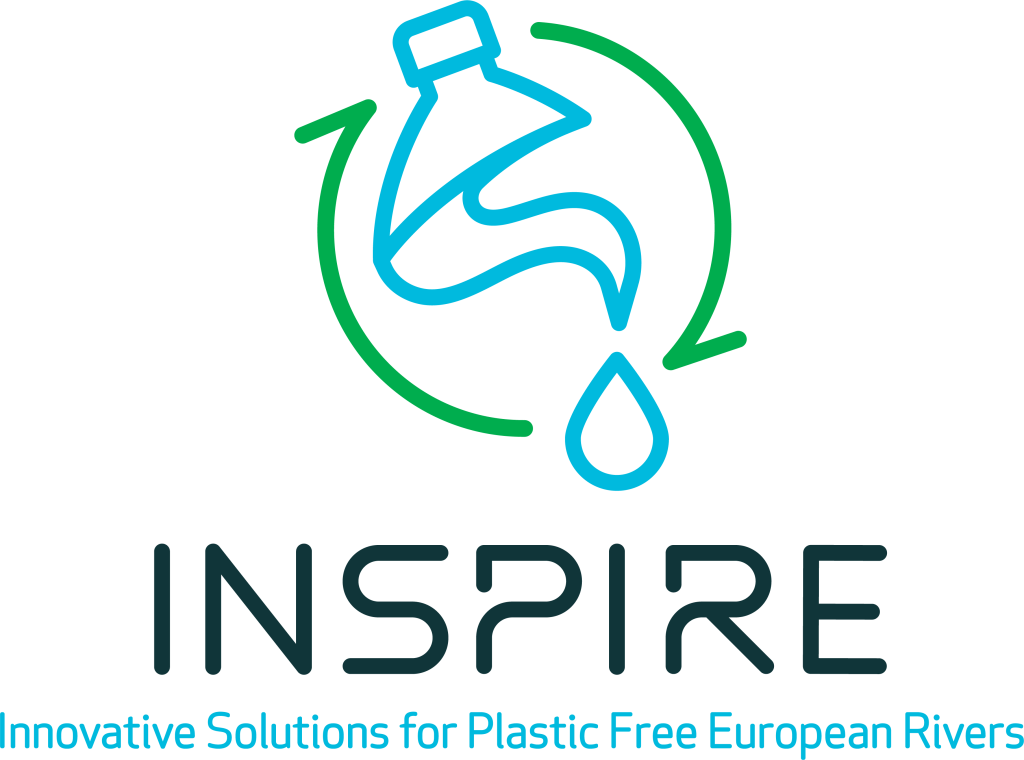

Researcher
Ana Vieira graduated in Biosciences from the Superior School of Biotechnology in 2009 and concluded her MSc in Microbiology (2011) from the same University. She was a research fellow in Microbiology at IBMC from 2011-2013. She was awarded a PhD degree in Medical Microbiology from Kingston University in London (2014-2017). In 2018, she started as a lab manager in the CNP group at CIIMAR. In September 2021 she became a post-doctoral researcher at the same group. In 2022, she was awarded with an FCT-exploratory project to study the interaction between Cyanobacteria and Amoeba in the same group.









